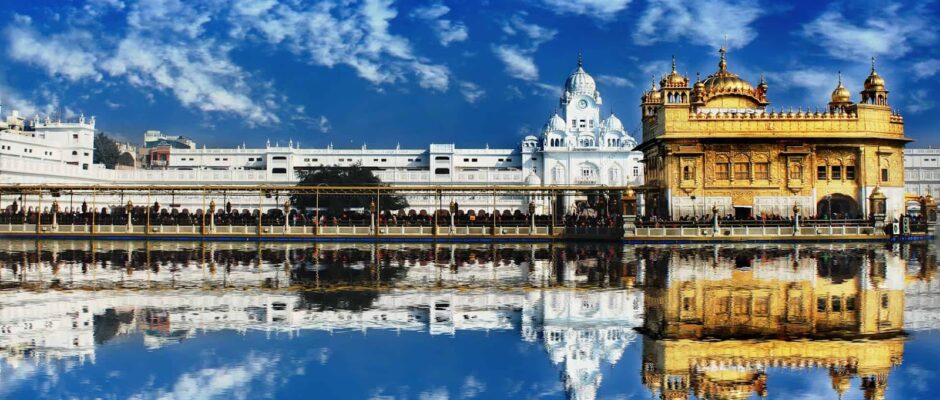Unboxing Videos 2024: The Secret Tips to Upgrade Your SM Game to the Next Level!
Let’s talk about unboxing videos. On paper, they sound like boring videos of a person excitedly going from box to box, going “wow” to every little thing. But that’s just the tip of the iceberg. After years of being “sloppy content” of random people opening packages, unboxing videos are now powerful marketing tools that leverage your favorite content producer to pique your interest in certain products. From just a reveal to a whole experience, this is how unboxing videos are enormous: From Generic to Niche: The one-size-fits-all era of unboxing is now in the past. Newer, savvier viewers crave content that fits them, targeted content. Gimmicky gadgets, audiophile equipment, you name it, and there are unboxing videos of it. Enter the rise of niche unboxing, made for those enthusiasts of the little things. You have the usual tech gurus reviewing phones and makeup artists reviewing blush. Some could be serious, while others aim to make unboxing entertaining by adding a touch of humor. There’s everything for everyone! Engagement Goes Beyond Likes: Passive entertainment is bland; viewers want interaction and to be part of the content, and the solution is live unboxing! It fosters a sense of community, where viewers ask questions in real-time. There’s also the gimmick of an unboxing challenge, where viewers challenge their creators to unbox bizarre, mysterious, or budget-friendly items, making unboxing much more entertaining! The Power of Relaxation (and Crinkling Paper): Unboxings are beyond your usual product reviews; some find the satisfaction of opening a new phone box. That’s the gimmick of ASMR Unboxings, taking that satisfaction of sliding and pulling through your box to video format. Amplifying the sounds of the crinkling paper and the sliding cardboard, these videos are sensory overloads of pure satisfaction. Production Polish Makes Perfection: 4k cameras to witness every inch of the product with clarity, crisp audio tech, professional grade lighting, and creative editing elevate the viewing experience, showcasing the product in its best light and keeping viewers glued. Storytelling is the Secret Sauce: Stories impact how you see the unboxing video – whether the creator tells the viewers how the gaming console he’s unboxing in the video was his first. Unboxing videos change when there’s an emotional connection to the viewer. A story always keeps the viewers invested and craves more. The unboxing landscape continues to evolve consistently. Creators are working harder, staying on top of trends, experimenting with formats, and really finding the style of video that hits the deep spots of the viewer’s head, keeping them engaged. So, the next time you hit play on an unboxing video, think of all the time it took just for the peel and reveal. It’s intriguing how opening boxes could be much more!









